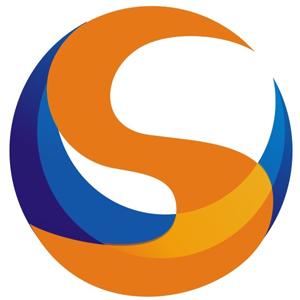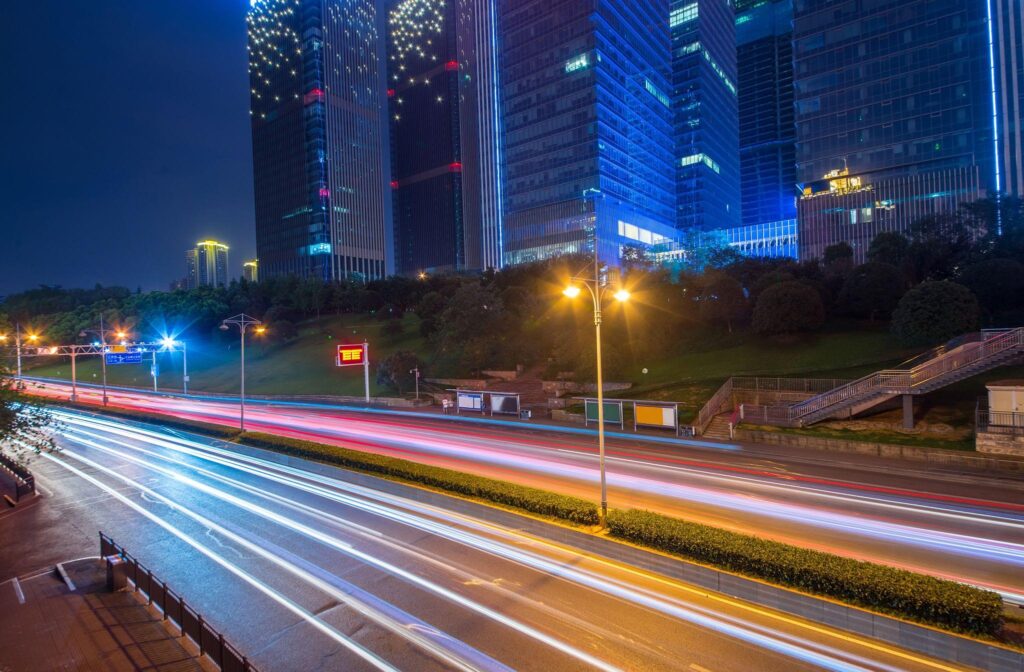Outline
- Introduction
- Role of Light Controllers in Healthy Lighting
- Color Temperature Management and Human Circadian Rhythms
- Influence of Different Color Temperatures on Alertness and Sleep Quality
- Guidelines for Color Temperature Adjustment
- Flicker-Free Lighting and Visual Comfort
- Modern Light Controllers and High-Quality LEDs for Enhanced Visual Comfort
- Remote Control & Personalized Settings
- Customizable lighting schemes tailored to specific urban areas and needs
- Future Development
- Potential for Data Analytics and IoT to Refine Lighting Effects for Health Benefits
- Final Words
With increasing trends of sustainable living, lighting has gone beyond its conventional role of illumination only. Now, healthy lighting focuses on creating environments that support human health, productivity, and relaxation.
Light controllers are pivotal in this transformation, offering precise control over intensity, timing, and color temperature. These innovations not only enhance illumination quality but also align with natural human rhythms, ensuring functional and comfortable environments.
This article explores the integration of healthy lighting with advanced light controllers, delving into their impact on visual comfort, circadian rhythms, and the future of personalized lighting solutions.

Role of Light Controllers in Healthy Lighting
Effective control of lights is instrumental in making environments conducive to human health and well-being. Light controllers, in this regard, dynamically adjust lighting intensity throughout the day. This simulates the natural rhythms of daylight, thereby helping to regulate circadian rhythms and improve sleep quality.
Additionally, they manage transitions between warm and cool color temperatures to optimize alertness during work hours and relaxation during evening hours. Modern light controllers have automated dimming features designed to prevent discomfort from excessive brightness or inadequate lighting.
These features are particularly a panacea in urban spaces where glare and over-illumination can cause eye strain and headaches. By fine-tuning light levels based on specific environmental and user needs, light controllers contribute to both visual comfort and overall health.
Color Temperature Management and Human Circadian Rhythms
Influence of Different Color Temperatures on Alertness and Sleep Quality
Color temperature significantly impacts human alertness and sleep cycles. Light temperatures are measured in Kelvin and range between 1000-10000K.
A study by Cornell University indicated that participants under higher cool light performed 25% better on cognitive tasks, while exposure to warmer light in the evening improved sleep quality by up to 30%. Below are brief details about color temperature, their timing, and their impact.
Cooler color temperatures
Ranges between 5000–6500K during the daytime and enhances cognitive performance, concentration, and alertness by mimicking natural daylight.
Warmer temperatures
Ranges between 2700–3000K. In the evening, promote relaxation. This prepares the body for sleep by suppressing blue light exposure, which otherwise disrupts melatonin production.
Guidelines for Color Temperature Adjustment
- Using cool white light that has a color temperature between 4000 and 5000 kelvins serves to create a stimulating environment which may be very close to natural sunlight.
- 5000 and 6500 K to promote daytime concentration and productivity.
- Reduce the stimulation and bring about relaxation after sunset using warm white light with a color temperature of 2700 to 3000 K.
- Blue light exposure by using dim and warm lighting (<2700K) aids the natural sleep process.
- Integrate smart light controllers that automatically adjust color temperatures based on circadian patterns for optimal health outcomes.
Flicker-Free Lighting and Visual Comfort

Flicker in artificial lighting, whether visible or invisible, significantly impacts health and productivity. A study finds that this exposure would, in extreme cases, increase eye strain and headaches and possibly even induce migraines, especially for sensitive individuals. Further, the imperceptible flicker from fluorescent or poorly designed LED lights can cause discomfort that is not consciously noticed.
Flicker-free lighting ensures a steady light output, enhancing focus and reducing fatigue, which is especially vital in workplaces and educational environments.
Modern Light Controllers and High-Quality LEDs for Enhanced Visual Comfort
Light controllers like smart photocells are paramount in creating stable lighting conditions. Paired with high-quality LEDs, they employ sophisticated current regulations to eliminate flicker effectively.
This combination enhances visual comfort by providing uniform illumination, reducing distractions, and ensuring a consistent light quality. Additionally, integrating these controllers with smart lighting systems allows for customizable lighting scenes, catering to specific tasks and environmental needs.
Remote Control & Personalized Settings
Modern lighting systems integrate advanced IoT-enabled controllers, allowing operators to remotely manage lighting parameters, such as brightness, color temperature, and operating schedules, from centralized platforms.
These capabilities ensure real-time adjustments based on environmental conditions or user preferences, significantly improving energy efficiency and adaptability.
For example, platforms like Dimonoff enable real-time monitoring and remote control through wireless networks, reducing operational costs and enhancing infrastructure sustainability. Features include geographical asset positioning, automatic reporting, and adaptive scheduling, which enhance maintenance efficiency and extend the lifespan of lighting systems.
Customizable lighting schemes tailored to specific urban areas and needs
Ligh customization means adjusting brightness to reduce light pollution or dynamically adapting to pedestrian and vehicular activity in busy zones.
In cities like Barcelona, smart streetlights use motion sensors to optimize safety and energy use by increasing brightness when activity is detected and dimming otherwise. Such systems conserve energy and contribute to public safety and urban aesthetics.
Future Development

The integration of light controllers into smart cities and homes is evolving rapidly, driven by advancements in IoT and AI technologies. Smart cities are incorporating IoT-enabled lighting systems to optimize energy use and enhance public safety.
A case in view is of LoRaCELL systems that use IoT-based edge devices to collect environmental data such as light intensity, air quality, and temperature, contributing to more efficient and sustainable lighting solutions.
These systems significantly reduce operational costs and improve adaptability in urban environments. Similarly, in homes, smart light controllers are being used to create personalized and dynamic lighting environments.
Potential for Data Analytics and IoT to Refine Lighting Effects for Health Benefits
IoT-enabled light controllers can monitor circadian rhythms and user activity to provide personalized lighting schemes. AI and predictive analytics are also being integrated to refine lighting operations. These technologies analyze usage patterns and environmental data, offering predictive maintenance and optimizing energy consumption.
Such developments promise transformative impacts, particularly in urban areas where lighting contributes to productivity, safety, and overall well-being.
Final Words
The integration of light controllers with healthy lighting solutions is revolutionizing how we illuminate spaces, fostering environments that prioritize human well-being, sustainability, and technological advancement. For organizations seeking high-quality, reliable smart light controllers, Chi-Swear stands out as a trusted supplier, delivering advanced solutions tailored to meet modern urban and residential lighting demands.
External Links
- https://arxiv.org/abs/2406.02728
- https://en.wikipedia.org/wiki/Color_temperature
- https://www.researchgate.net/publication/224188247_LED_lighting_flicker_and_potential_health_concerns_IEEE_standard_PAR1789_update
- https://ajuntament.barcelona.cat/ecologiaurbana/en/services/the-city-works/maintenance-of-public-areas/energy-management/street-lighting-management
- https://www.mdpi.com/1424-8220/24/2/574






